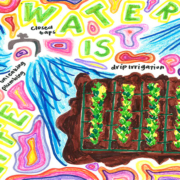Otay Water District Poster Contest Winners Illustrate Water-Use Efficiency
Six student artists from schools in the Otay Water District’s service area were named as winners of the district’s 2020 Water is Life Student Poster Contest. Entries were selected as those best demonstrating creativity and awareness of water-use efficiency through art.
The annual contest is one of many educational programs offered by the district as an opportunity for students to learn and reflect on the importance of water conservation and stewardship. Students are encouraged to create a poster depicting the theme “Water is Life” which relates to using water wisely.
In February 2020 before the COVID-19 pandemic shutdown, the district invited students from elementary through high schools in its service area to participate in the contest. Despite the pandemic forcing many people to work and learn from home, the contest remained open as a stay-at-home activity students could enjoy.
“At a time when most are working or learning from home during the pandemic, it was refreshing to see students, parents, and our Board members excited about this educational, creative, and fun project,” said Eileen Salmeron, communications assistant, and contest coordinator.
Local winners move on to Southern California competition
The district selected first through third-place winners from elementary and high school. The district recognized all winners from each category with a certificate, art kit, and goody bag of items with the Otay Water District logo and a conservation message. First and second place winners also received gift cards.
The Otay Board of Directors honored its winning student artists at its monthly virtual meeting on Sept. 2.
“As I grew up, I started learning that the Earth has an expiration date,” said Sofia Perez Valles, first-place winner in the high school category. “Through this poster, I was able to continue the passion of mine to help save the Earth because I was able to inform people of the different ways that we can support water-use efficiency.”
The six local winners will now compete in the regional Metropolitan Water District of Southern California annual student poster contest for a chance to be selected among entries from participating water agencies and featured in its 2021 Water is Life Calendar. In 2020, district calendar poster contest winner Maya Santana, a fifth-grade student from Wolf Canyon Elementary School, was selected to appear in the regional calendar.
This year’s poster contest winners include:
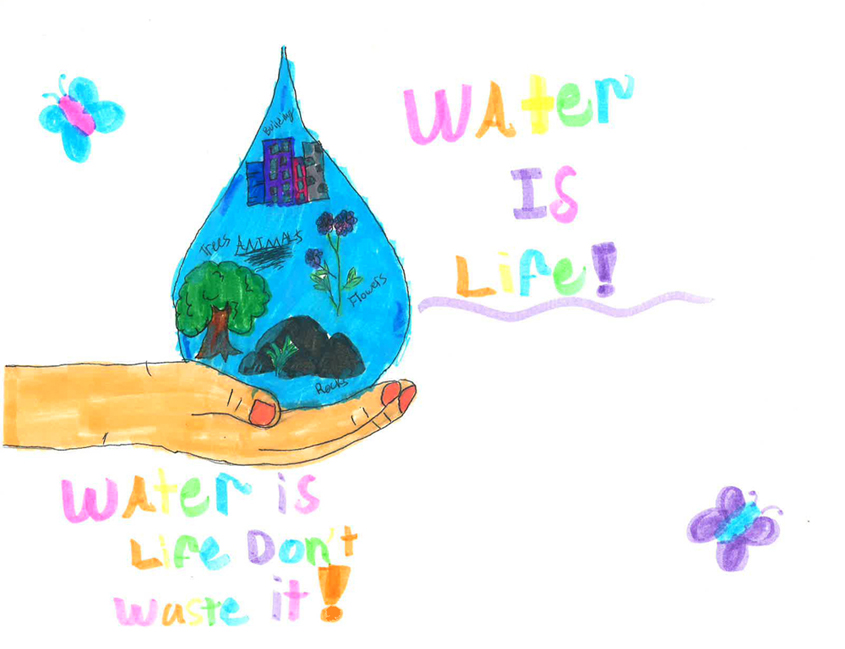
First place: Zahraa Alzayadi, Fifth grade, Jamacha Elementary School. Photo: Otay Water District
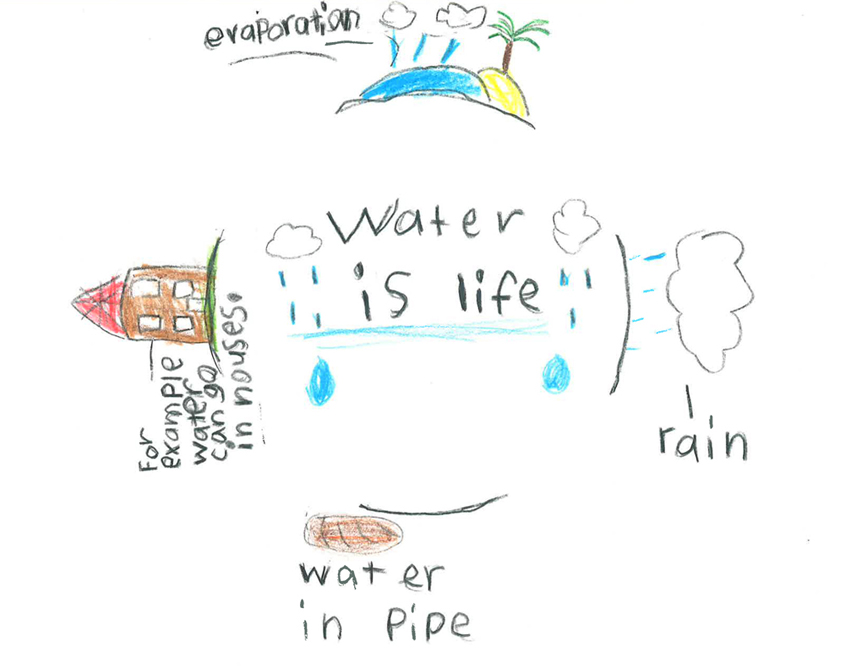
Second place, Elementary Schools: Amy Coghill, third grade, Tiffany Elementary School. Photo: Otay Water District
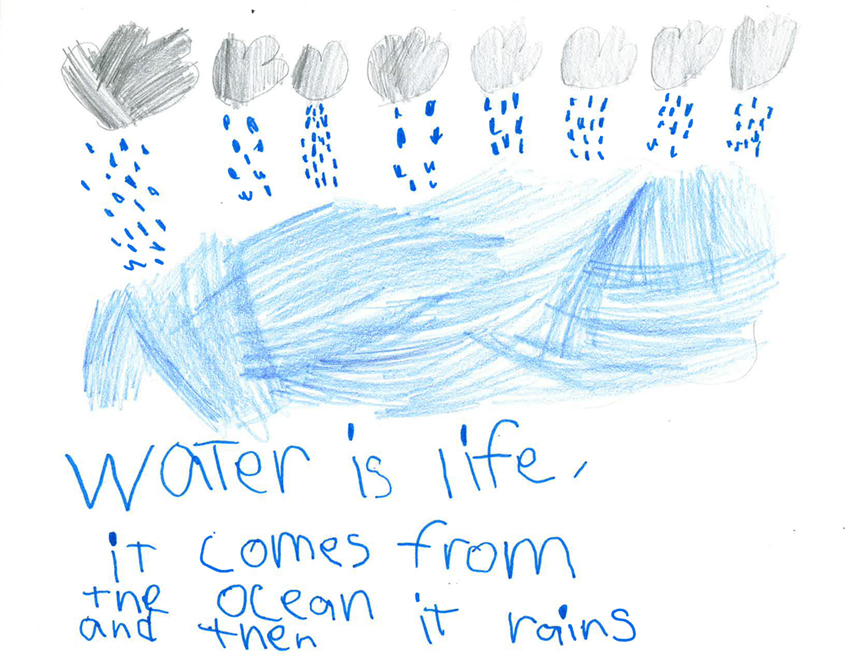
Third place, Elementary Schools: Sophie Coghill, kindergarten, Tiffany Elementary School. Photo: Otay Water District
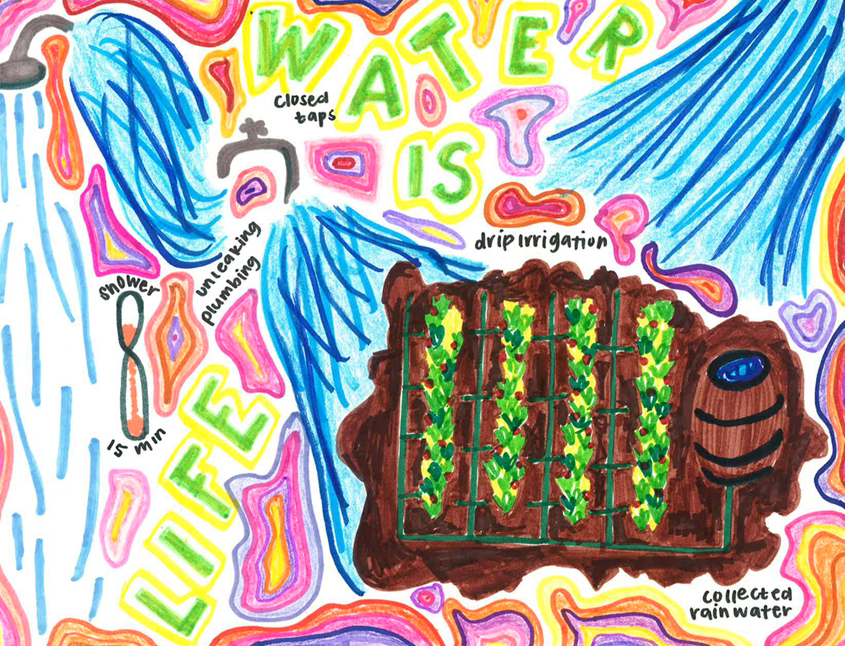
First place, High Schools: Sofia Perez Valles, 12th Grade, Olympian High School. Photo: Otay Water District
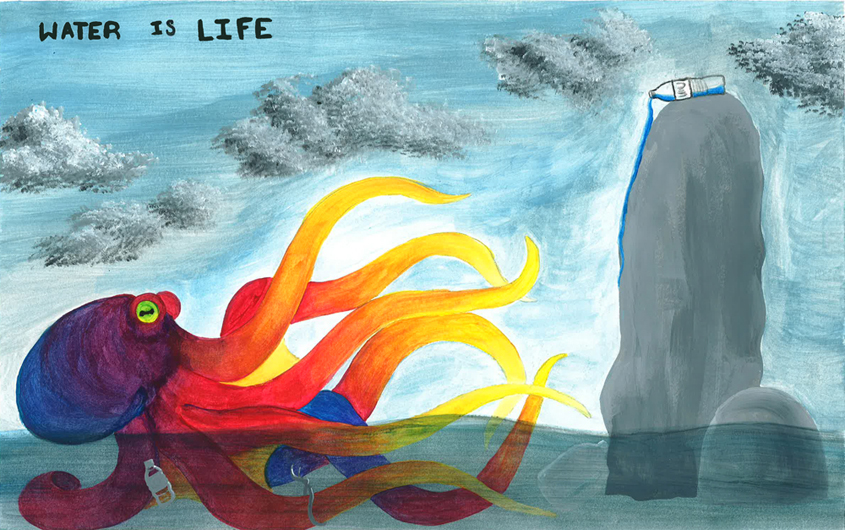
Second place, High Schools: Stephenie Pace, 12th grade, Olympian High School. Photo: Otay Water District
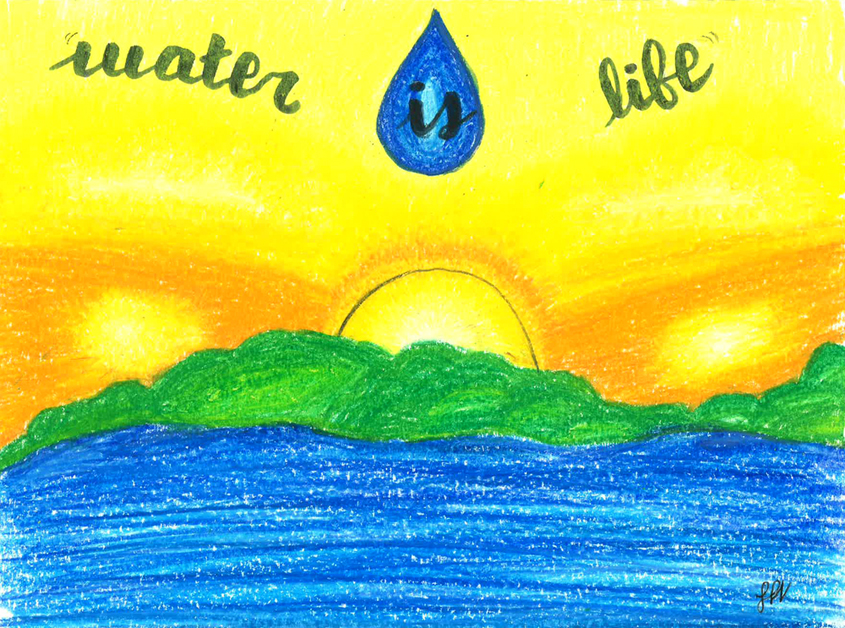
Third place, High Schools: Lucia Perez Valles, 10th grade, Olympian High School. Photo: Otay Water District
To learn more about the Otay Water District’s annual poster contest and other educational programs, go to otaywater.gov/education.

